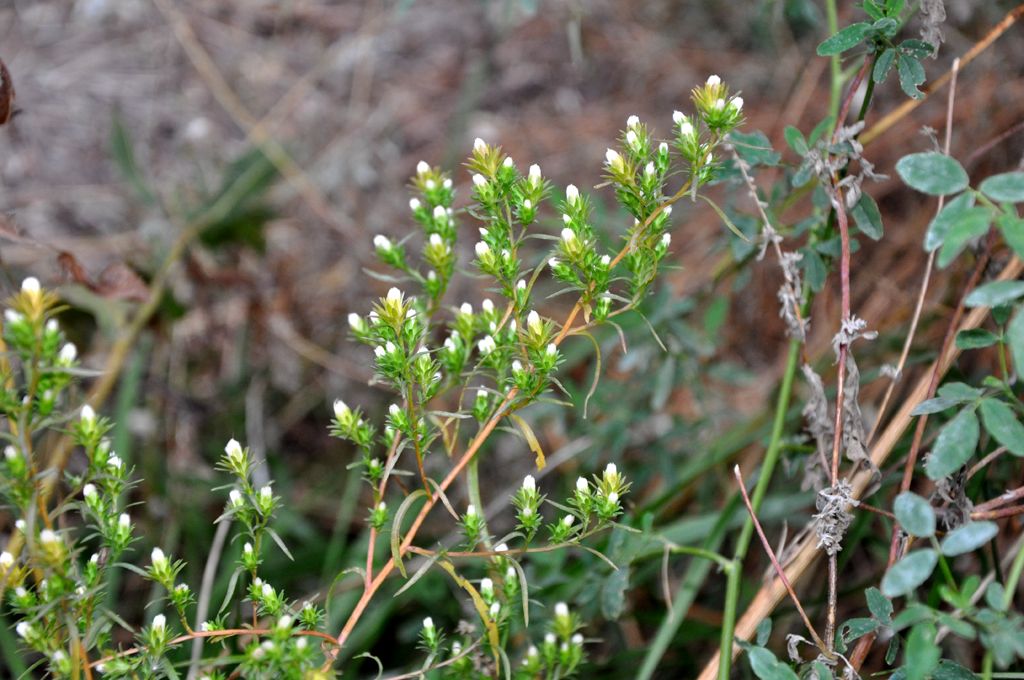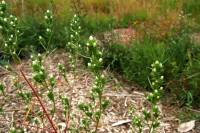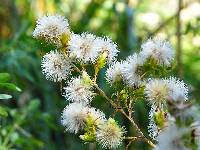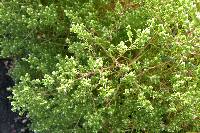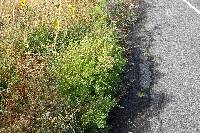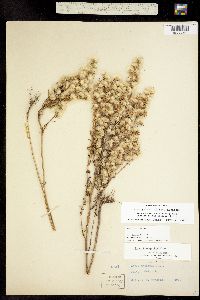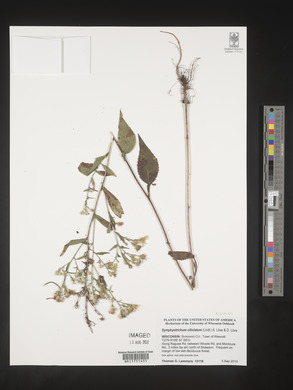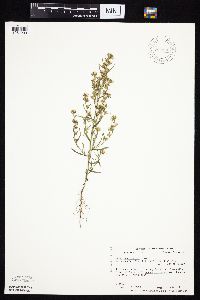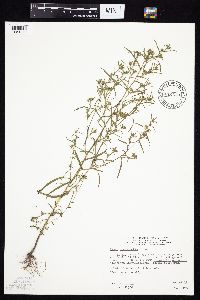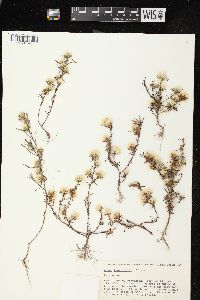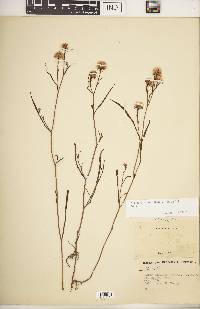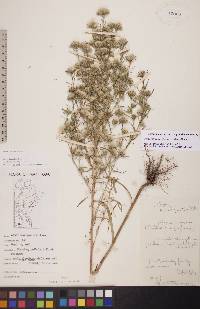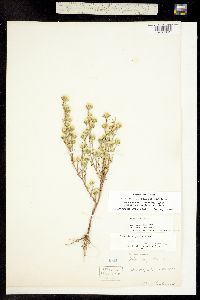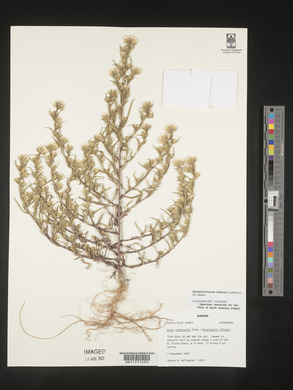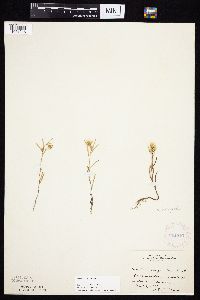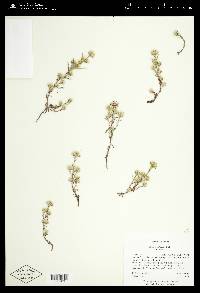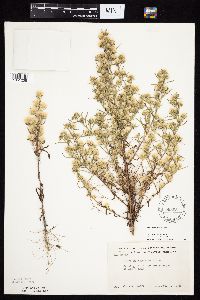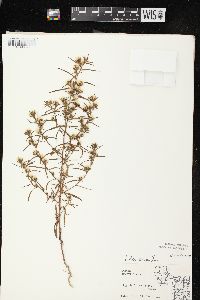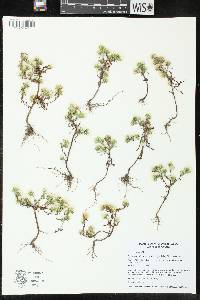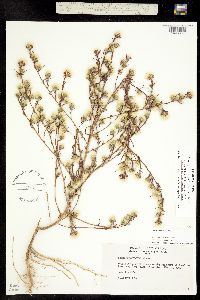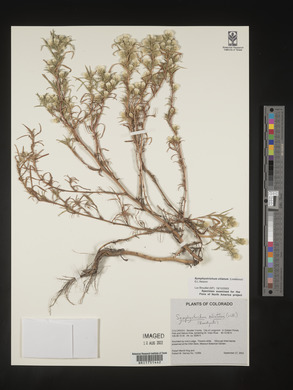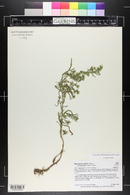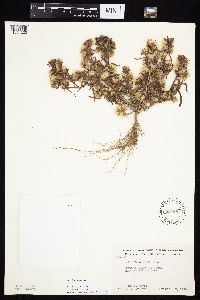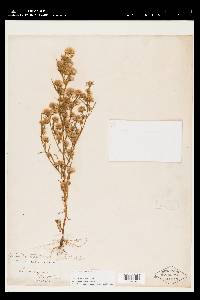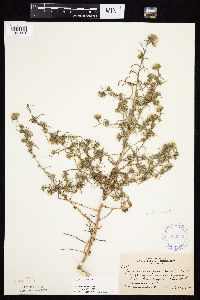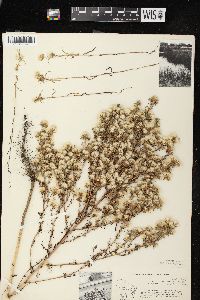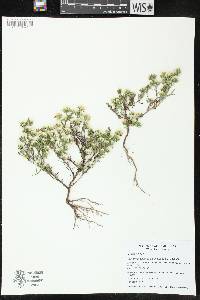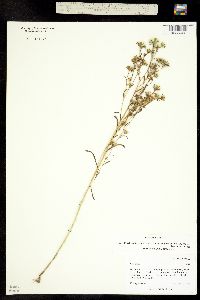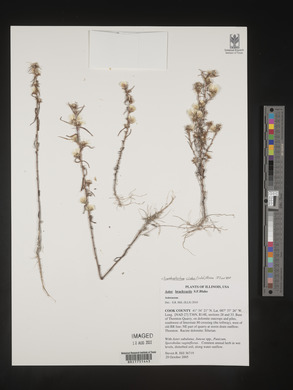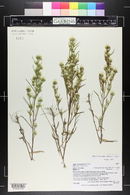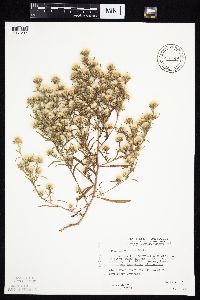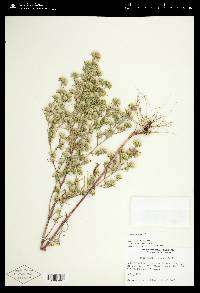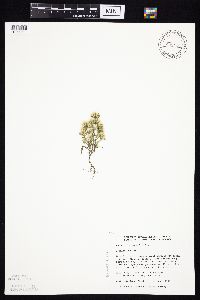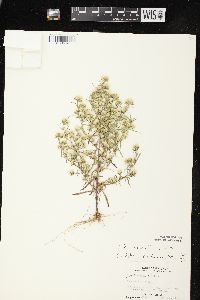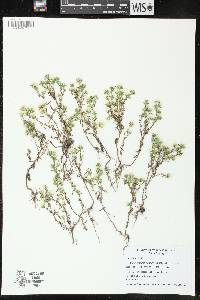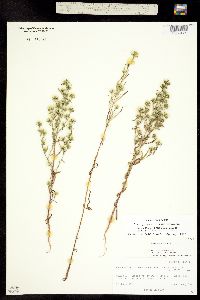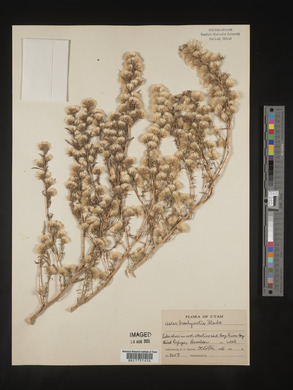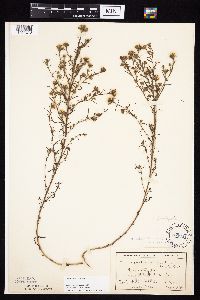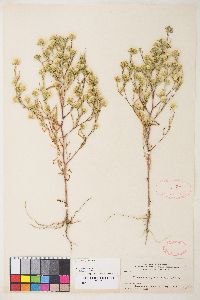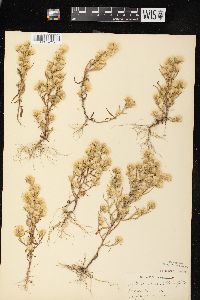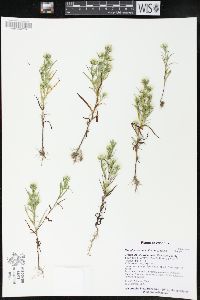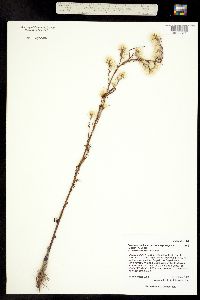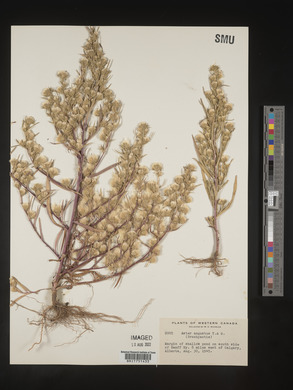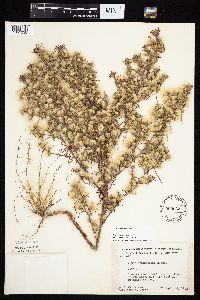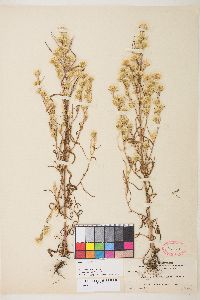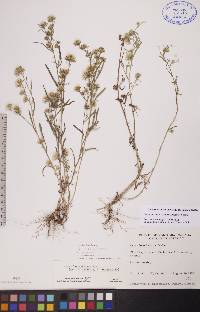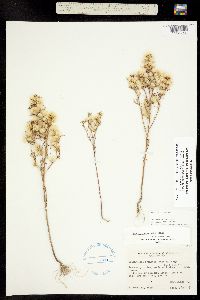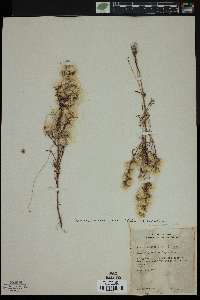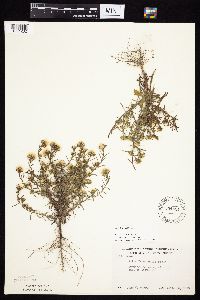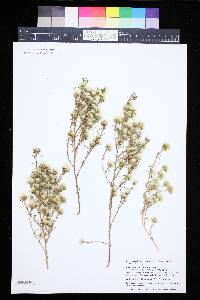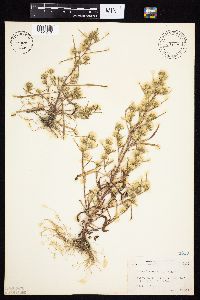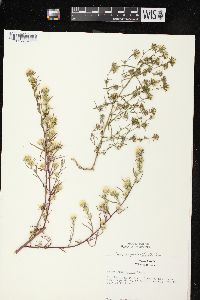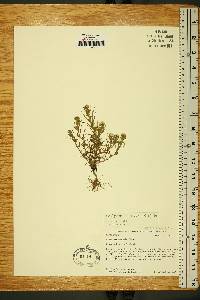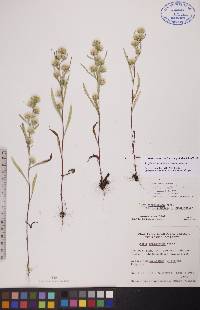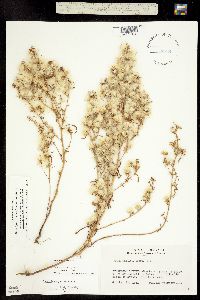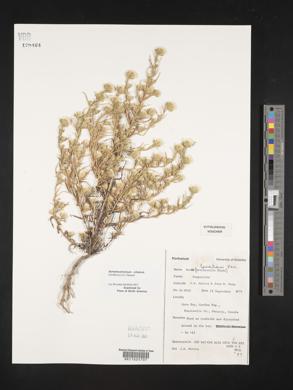Symphyotrichum ciliatum
|
|
|
|
Family: Asteraceae
Alkali American-Aster, more...Rayless alkali aster
[Aster brachyactis S.F.Blake, moreAster ciliatus Walter, Aster ciliatus subsp. angustus (Lindl.) Govaerts, Brachyactis angusta (Lindl.) Britton, Brachyactis ciliata (Ledeb.) Ledeb., Brachyactis ciliata subsp. angusta (Lindl.) A.G.Jones, Brachyactis ciliata subsp. laurentiana (Fernald) A.G. Jones, Conyza altaica DC., Erigeron ciliatus Ledeb., Tripolium angustum Lindl.] |
Annuals, 7-70+ cm. Stems 1, ascending to erect (straight), bluish yellowish green, often red-tinged, ± succulent, glabrous. Leaves bluish (green) thin, sometimes ± fleshy, margins usually entire, sometimes serrulate, strigoso-ciliate to scabrous, midribs conspicuous, apices acute to short-acuminate, faces glabrous; basal withering by flowering, petiolate, blades spatulate, 15-205 × 1.5-9 mm, bases attenuate; proximal cauline usually withering by flowering (with clusters of smaller leaves in axils, often elongating into branches); cauline sessile, blades linear-oblanceolate, (10-)30-80(-150) × 1-4(-9) mm, gradually reduced distally, bases slightly dilated and clasping to rounded. Heads (disciform) in ± dense, narrow to pyramidal, paniculiform to racemiform arrays, branches decumbent (proximal) to ascending (distal); peduncles 0-1 cm, glabrous, bracts linear-lanceolate to linear, crowding heads. Involucres narrowly campanulate, 5-7(-11) mm. Phyllaries in 3-4 series, loose, linear to narrowly oblanceolate, subequal or outer sometimes longer, bases scarious, margins narrowly scarious proximally (outer), scabrous, green zones foliaceous (outer and mid) to lanceolate (inner), apices acute (rarely obtuse), mucronulate, faces glabrous. Ray florets 0. Pistillate florets 75-95+ in 4-5+ series; laminae 0 (corolla tubes ± 2 mm, shorter than style branches). Disc florets ± 14; corollas whitish turning pink, ± ampliate, tubes slender, longer than narrowly funnelform limbs, 3.5-5 mm, lobes narrowly triangular, ± 0.2 mm. Cypselae purple or grayish with purple streaks, obovoid to oblong-obovoid, ± compressed, 1.5-2.5 mm, 2-4-nerved (faint), faces hirsuto-strigose; pappi white or pinkish, 4-6 mm. 2n = 14. Flowering Aug-Oct. Moist, brackish soils, prairies, steppes, salt marshes (Hudson Bay), summer-receding prairie ponds, open grounds in loess hills, irrigation channels, winter-salted highways, railroads, waste grounds; 0-2000+ m; Alta., B.C., Man., N.B., N.W.T., Ont., Que., Sask., Yukon; Alaska, Colo., Idaho, Ill., Ind., Iowa, Kans., Maine, Mich., Minn., Mo., Mont., Nebr., N.Y., N.Dak., Ohio, Okla., Pa., S.Dak., Utah, Wash., Wis., Wyo.; n Eurasia (w to Rumania). Symphyotrichum ciliatum is introduced east of the Prairies in winter-salted wastegrounds and roadsides; it is native in northern Ontario, however, in the saltmarshes of the western shore of James Bay. It is native to the steppes of Eurasia, westward to Rumania.
Taprooted annual 1-7 dm, glabrous except for the coarsely and remotely ciliolate margins of the lvs and sometimes also the invol bracts; lvs linear or nearly so, 3-12 cm נ1-9 mm, 13-30 times as long as wide, the lower soon deciduous; heads several or many in an open-paniculiform to spiciform infl; invol 5-11 mm, its bracts loose, linear, acute or acuminate, herbaceous (especially the outer), equal or slightly imbricate, or the outer occasionally longer than the inner; pistillate fls more numerous than the disk-fls, with tubular eligulate cor much shorter than the style; achenes appressed-hairy; pappus soft and copious; 2n=14. Waste places, especially where moist and saline; sparingly intr. across the n. part of our range; native in w. U.S. and Can., and apparently Siberia. (Brachyactis angusta) Gleason, Henry A. & Cronquist, Arthur J. 1991. Manual of vascular plants of northeastern United States and adjacent Canada. lxxv + 910 pp. ©The New York Botanical Garden. All rights reserved. Used by permission. From Flora of Indiana (1940) by Charles C. Deam Indiana Coefficient of Conservatism: C = null, non-native Wetland Indicator Status: FAC |

